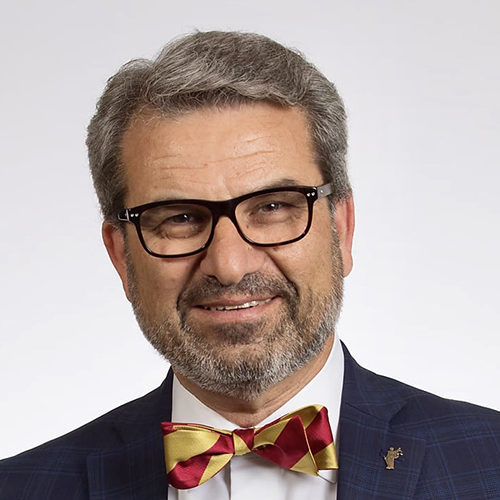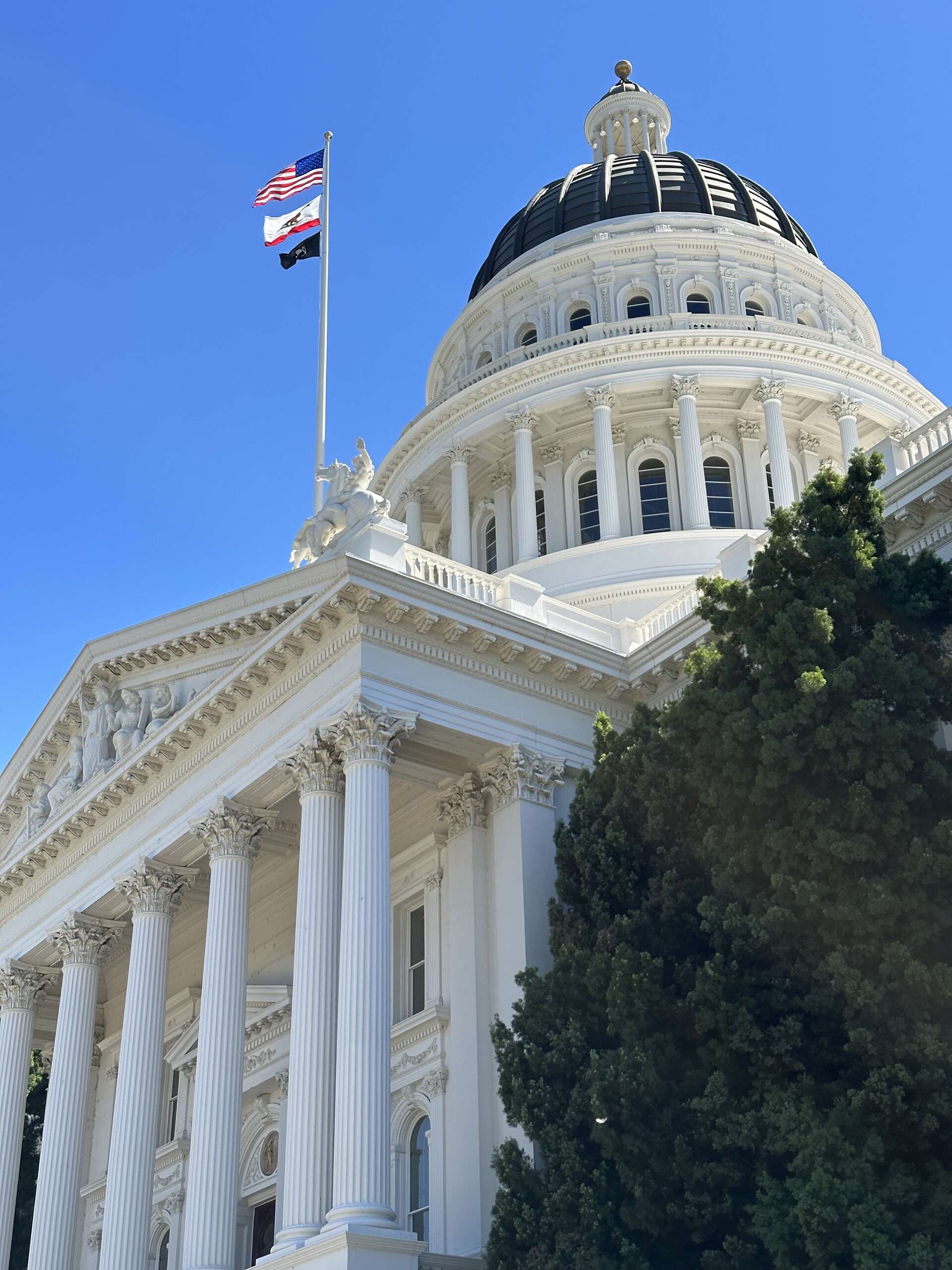California Governor Gavin Newsom promoted and signed Assembly Bill 604 for a mid-decade redistricting plan to “fight fire with fire,” he claims, pointing to the redistricting efforts of Texas. I am not a Texan, so I cannot speak for Texas. I am a proud Californian elected to a nonpartisan local public office. I believe in practicing and teaching good governance. I respect the rule of law and my oath of office to defend California’s Constitution. I strongly advise against circumventing the Constitution for an isolated event, political convenience, or opportunity. The wrongs of other states must be instructive and not destructive of the California Constitution.
The California Constitution
Thanks to Governor Schwarzenegger, California’s redistricting is handled by an independent commission every decade. In 2008 and 2010, California voters approved two constitutional amendments that created and then expanded the power of the California Citizens Redistricting Commission (CRC). In 2008, Proposition 11, which transferred state legislative redistricting from the legislature to the CRC, passed with 50.8% of the vote. A countermeasure to Proposition 11 to eliminate the CRC was rejected by California voters with 59.4% voting “No.” More importantly 2010, Proposition 20 transferred congressional redistricting from the legislature to the CRC with 61.2% of the vote.
The CRC now has exclusive authority to draw congressional districts for the State Senate, the Assembly, and the Board of Equalization districts. This authority is enshrined in the California Constitution, meaning neither the governor nor the Legislature can unilaterally override it. While the CRC is imperfect, it has worked for California for over a decade.
Mid-Decade Prohibition of Redistricting
California’s Election Code, recently updated as the Fair Maps Act, applies explicitly to city and county districts. Still, it reinforces the voters’ intent that redistricting only occurs after a census unless legally compelled otherwise. Unless a court of competent jurisdiction finds a violation of the Voting Rights Act or any other constitutional violations, thankfully, in California, there is no legal pathway to redraw districts mid-decade.

Only California Voters Can Change the Constitution
Given that CRC is the creation of the voters in California, any attempt to bypass or suspend its authority must be approved by the voters. This effort requires a two-thirds vote in the legislature, a statewide election, and a majority vote. The Governor pushed for, and the super majority of the one-party system in the California Legislature rushed to place this circumventing constitutional amendment before the voters in November. Sadly, this measure’s slippery slope is the antithesis of good governance.
I hope that in November, cooler heads will prevail in not allowing the partisan political will of a few to substitute for the judgment of the majority of California Voters in 2008 and 2010. Politics and politicians must have nothing to do with drawing districts. This is why we have the CRC in California. Governor Newsom’s rhetoric and misguided efforts in this regard, while benefiting his personal political future, will further divide the country when every blue and red state starts fighting “fire with fire.” Where and when will this self-serving political manipulation of the electorate end?
I implore the Governor and all my elected colleagues to win elections by earning the voters’ trust. Political manipulations of this sort only erode that trust.

Frank V. Zerunyan is a Professor of the Practice of Governance at the University of Southern California (USC) Sol Price School of Public Policy (USC Price) and Director of Executive Education. He is the founding director of the USC Price Center on National Defense and Public Safety. Professor Zerunyan oversees USC’s Reserve Officers’ Training Corps (ROTC) as the Director and University Liaison for the U.S. Air Force, Army, Naval Reserves ROTC, and Nautical Science Programs.
Professor Zerunyan’s principal areas of expertise include governance, public-private partnerships, civic and ethical leadership, land use, medical regulation, negotiation, and executive education. He lectures locally and globally to build capacity and foster leadership among public executives worldwide. He is the author of books, book chapters, and many short articles published nationally, internationally, and on USC Price’s “Faculty Perspectives.” Professor Zerunyan is often quoted in the media and is a USC resource for journalists as an expert in governance and leadership. He is also an expert on public administration at the United Nations Innovation Branch (formerly Capacity Building Branch).
For his influential advisory role in the Republic of Armenia, he was awarded LL.D. Doctor of Laws – Honoris Causa by the Public Administration Academy of the Republic of Armenia. Professor Zerunyan designs curricula and teaches at the American University in Armenia, Yerevan State University, and the Vazgen Sargsyan Military University in Armenia, with an honorary rank of colonel. He also teaches for the U.S. Navy at the U.S. Naval Service Training Command.
Professor Zerunyan serves on the editorial boards of the Public Administration Scientific Journal for the Republic of Armenia and the Ukrainian Law Review. He is on the board of councilors of Anahuac University Law School, Xalapa, Mexico (Consejo Consultivo de la Escuela de Derecho).
Professor Zerunyan earned his Doctor of Jurisprudence (Doctor of Laws) degree from Western State University College of Law and his Bachelor of Arts degree from California State University, Long Beach. He also completed his advanced legal education in Corporate Taxation at the University of Southern California Law Center (USC Gould). He is a graduate of the California League of Cities’ Civic Leadership Institute.
Professor Zerunyan, trained and practiced as a lawyer, is a four-term Mayor and Councilmember in the City of Rolling Hills Estates, California. He serves on several city, county, and regional policy boards and committees. He was also a gubernatorial appointee under Governor Schwarzenegger, serving 38 million medical consumers on the Medical Board of California.

